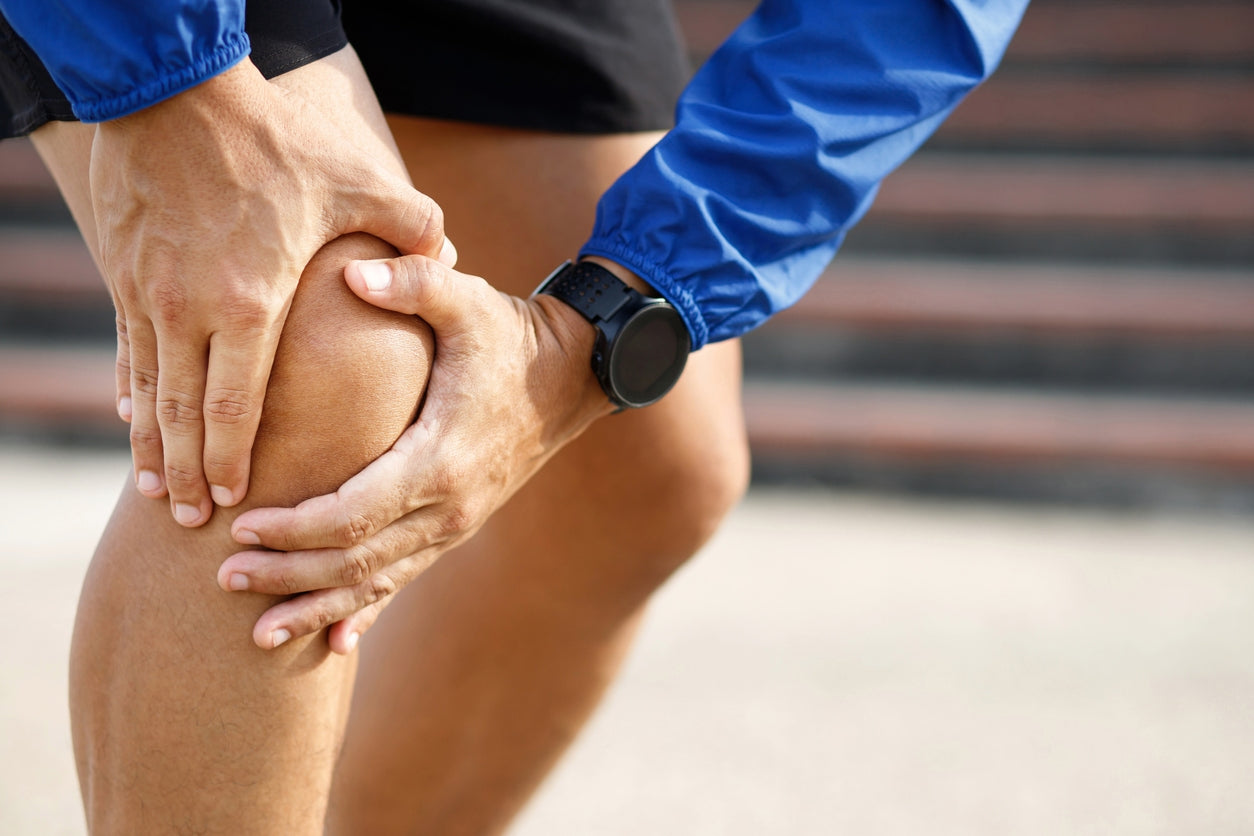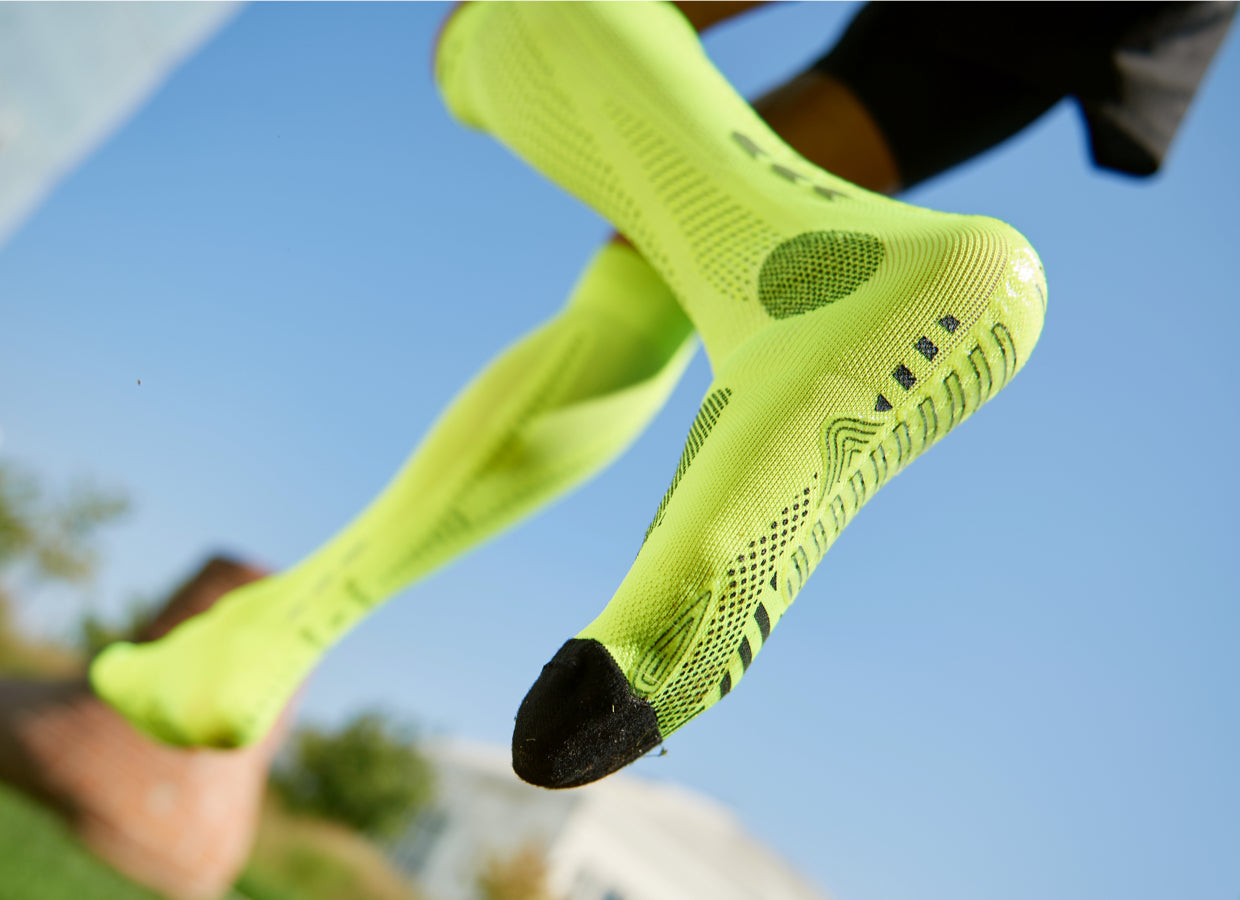Among the most popular sports in the world today, volleyball has more than 200 million players among amateurs and professionals. The typical movements of the sport, such as jumping, landing and hitting the ball, are all performed at high speed, resulting in a very high risk of injury. Compared to other sports, in fact, volleyball has a high rate of emergency room visits associated with matches or practices. The causes are mainly related to ankle, knee, and shoulder injuries.
Specifically, for the volleyball player's shoulder, these are more like functional overload injuries, that is, related to repeatedly exceeding the ability to tolerate certain workloads, which results in inflammation of the shoulder joint. This means that these are frequent injuries, but also that there are several treatment and prevention strategies that can come to the rescue of athletes.
Causes of a volleyball player's shoulder pain
Apart from injuries, shoulder pain is very common in volleyball. Volleyball player shoulder pain, in particular, can be associated with many different causes, or, more specifically, concomitant causes present at the same time, which, when added together, can increase or decrease the risk of incurring overload. Inflammation of the shoulder may also be common in volleyball. Among the most common causes:
- Total number of bouts plus strokes (swing volume). Frequent repetition of movements that are already biomecanically demanding in themselves is the primary cause of overload;
- Years of practice. The more a player dunks, the greater the risk of overloading the rotator cuff, with an upsurge if one has been practicing for more than four years, regardless of whether one is an amateur or professional;
- Workouts during the summer season. Continuing to train or play or weight-bearing work increases the risk of exposing oneself to overload by 3.2 times compared with those who stop to rest;
- Limited articularity of the shoulder. The repeated downward braking motion after the hand hits the ball during the dunk or serve creates small areas of shortening and contracture, resulting in stiffness.
Biomechanics of the shoulder in volleyball
The shoulder joint group enables the realization of many of the movements required for volleyball, such as throwing, pushing, pulling, lifting, lowering, gripping, tensing, and hitting. In fact, the shoulder is embedded in a kinetic chain, consisting of a series of segments, which, by activating in a coordinated manner, generate the force required to carry out the movement. In particular, "overhead" movements, such as the dunk in volleyball, require speed, precision, and efficiency. The kinetic chain maximizes the overall power of the muscle, with a five-step movement that can help understand shoulder pain in volleyball:
- Wind-up or momentum and first loading. It begins with abduction in rapid shoulder elevation and ends with the onset of extrarotation movement. The rotator cuff is activated to stabilize the head of the humerus;
- Cooking or loading. The shoulder extrarotates in its maximum range of motion, the infraspinatus and small round muscles develop high peaks of force, and the anterior part of the joint capsule is unloaded, thus preventing its anterior translation of the humerus head;
- Arm acceleration. This is the propulsive phase ending with the strike on the ball, in which there is a reversal of movement, shoulder intrarotation and arm acceleration;
- Strike on the ball. This is the phase of impact, when the upper limb is perpendicular to the torso. It is a traumatic phase of the movement, as the power with which the arm is discharged on the ball causes a very high level of vibration;
- Follow-through or deceleration of the arm. This is the end of the movement. Rotator cuff muscle activity is high because these are in the eccentric phase of the movement.
Treatment of the volleyball player's shoulder: kinesio taping
Recovery from a shoulder overload injury first involves identifying the causes and risk factors responsible. Once identified, proceed to address them individually. In the case of joint deficits, for example, stretching and lengthening exercises to promote good tissue elasticity will be helpful. Or, in cases of imbalances between the muscle strength ratios of the volleyball cuff, a strengthening program will need to be set up. In several cases, the application of taping to the shoulder in volleyball can have several positive effects:
- In the setter and libero , kinesio taping to the shoulder in volleyball aims to stimulate the kinetic chain to give more strength to the athlete when he has to dribble and push the ball away;
- In the dribbler alone it aims to stimulate the wrist flexor muscles and the long and short muscles of the thumb to provide more strength in the hands when dribbling and more precision and symmetry in pushing;
- In the attacker alone it aims to stimulate the flexor muscles and is composed of two separate trajectories applied on the dominant limb.
Volleyball player's shoulder prevention: exercises and auxiliary tools
Increasing the strength of the shoulder stabilizing muscles is the best form of prevention for shoulder joint pain in volleyball. To prevent injury, it is best to avoid massively strengthening the pectoralis major, but rather to aim to strengthen the rotator cuff muscles with elastic bands. Exercises in mobility of the dorsal spine, improving active shoulder mobility, developing proprioceptive skills, and capsular and pectoralis major stretching may help. For shoulder strengthening exercises in volleyball to be effective, they must be performed with correct posture and body alignment. The most effective combination is between posterior capsule stretching and glenohumeral joint mobilization.
Among prevention aids for the shoulder in volleyball, techniques termed IASTM (Instrument Assisted Soft Tissue Mobilization) have recently found popularity. The use of instruments makes the treatment of countless issues less painful and more effective. Even athletes with conditions related to shoulder joint overload can benefit from this technique, improving the treatment outcome. IASTM techniques involve the use of hypoallergenic stainless steel instruments, which are run over the skin previously prepared with a specific ointment.
Sleeve to reduce overload in the arm
FLOKY's NO-STRAIN is the first biomechanical sleeve designed for the reduction of vibrations that lead to inflammatory problems and injuries in many sports, including those affecting volleyball players. NO-STRAIN protects and supports the elbow, forearm, and all tendon and muscle parts of the athlete, thanks to the stabilization generated by the compression of the fabric combined with biomechanical applications, which allow for immediate relief from vibrational stresses resulting in reduced inflammatory disorders and injuries.




